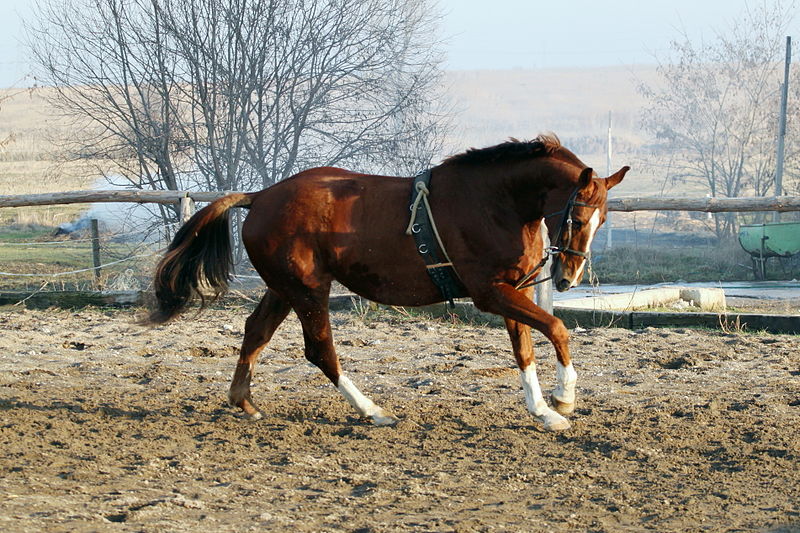The Holstein horse
The oldest German half-blood was born in the north of Germany, in the Holstein region. A war horse in the Middle Ages, it became a powerful and sought-after carriage horse in the 15th century after being crossed with Andalusians, Neapolitans, and Orientals, and then in the 19th century with the Yorkshire carriage horse and the Cleveland Bay. The stud book was opened in 1886. After the Second World War, the focus was on the production of a saddle horse suitable for competitive sport. For this purpose, it was crossed with the Thoroughbred, the Trakehner and the French Saddle.

Caractère et aptitudes du cheval
Very affectionate, of good will, this horse is docile, calm, but with impulse. Very powerful, robust, very resistant, its paces are rhythmic, supple with long strides. Excellent jumper, it is endowed with a good speed of bottom.
Utilisations du cheval
Versatile saddle horse, prestigious competition horse. It is remarkable in dressage, excellent in show jumping and eventing. It is also a magnificent driving horse.
Morphologie du cheval
long head with a straight profile. Nostril well opened. Ears well straight, pointed. Large eyes. Of an imposing stature, the body is strong but slender, balanced. Long, muscular neck. Prominent withers. Broad, sloping shoulders. Wide chest. Deep chest. Straight and long back, robust. Wide and slightly arched loins. Strong hindquarters. Croup powerful, wide, a little sloping. Well-muscled limbs. Wide joints. Strong hoof. Tail well set on. Coat: all simple colors. Dappled coat.
To learn more: the holsteiner
Discover Royal Horse’s S-200 and S-250 supplementary feeds for sport and leisure horses!


